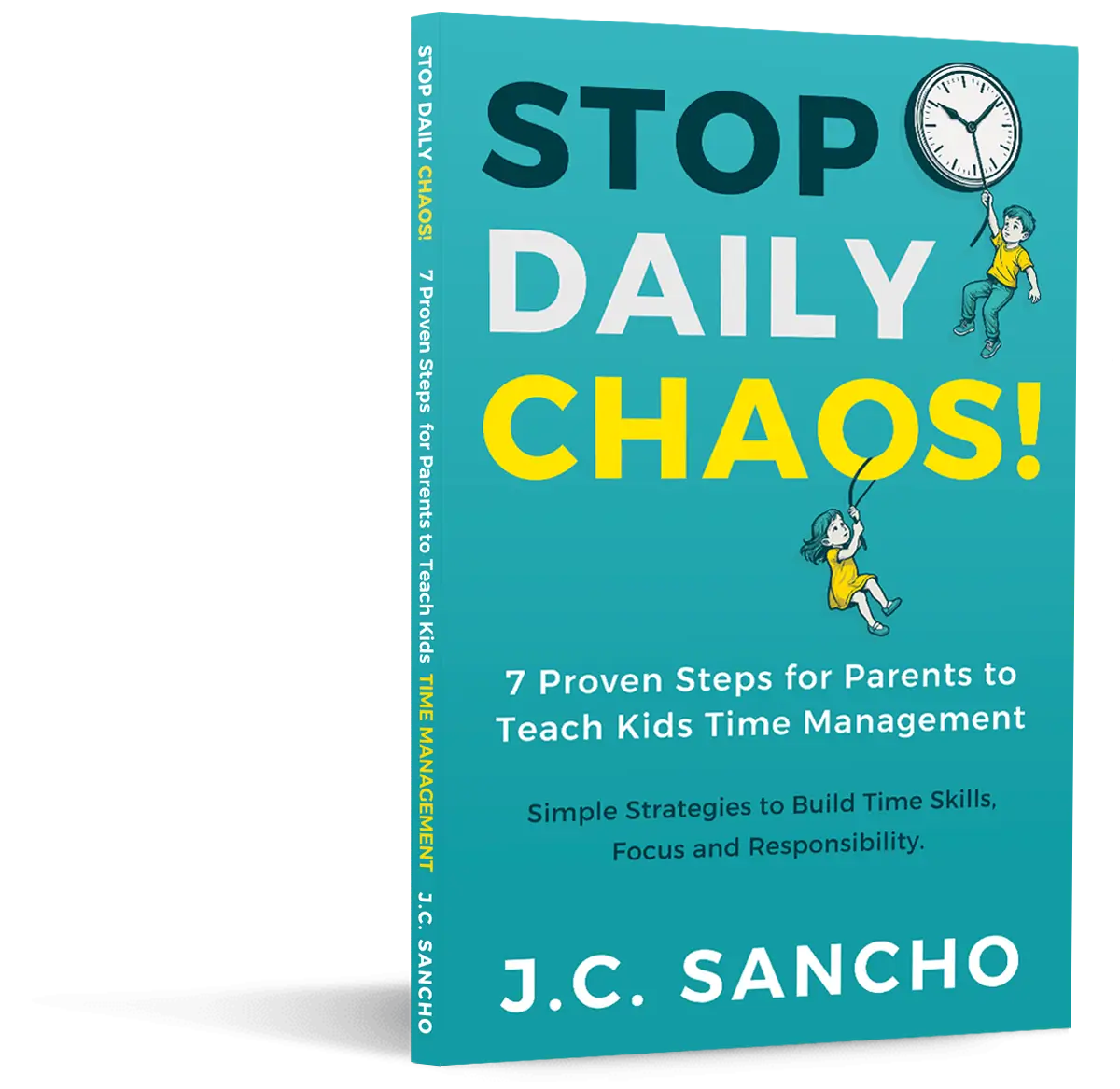Welcoming a new baby changes the rhythm of a household, and preparing for baby number two brings a different emotional landscape than the first time. This transition affects parents, but it impacts your firstborn most of all. A child who has only known life with undivided parental attention now faces a shift in routine, identity, and family structure. With care, preparation, and emotional insight, you can help your firstborn feel secure, valued, and ready to meet their sibling.
This guide offers a full roadmap for preparing your child for a new baby — with clear strategies, developmental insights, and supportive scripts to guide conversations and expectations during this major family milestone.
Why the Second Baby Transition Matters
The birth of a second child reshapes family dynamics. For your firstborn, the arrival of a sibling can spark excitement, confusion, pride, jealousy, protectiveness, or anxiety — often all within the same week. This emotional blend is normal. Children interpret change through connection, predictability, and parental reassurance. When you prepare them with clarity and intention, you reduce fear of the unknown and support a healthy sibling bond from the start.
Parents benefit from preparation as well. Caring for a newborn while meeting the emotional needs of an older child can feel demanding. A proactive approach sets realistic expectations and reduces stress during the early months.
How to Prepare Your Firstborn Before the Baby Arrives
Start with Honest, Age-Appropriate Conversations
Children understand family changes best when they receive clear, simple language about what to expect. Your child doesn’t need every detail of pregnancy or newborn care — they need clarity about the changes that affect them directly.
Use grounded, reassuring explanations such as:
- “A new baby will join our family soon. Babies need lots of help, and we will take care of the baby together.”
- “You will still have time with us. Some days will feel busy, but you are still an important part of our family.”
- “The baby will cry a lot at first because that’s how babies communicate. You’re not doing anything wrong when that happens.”
Avoid vague statements like “Everything will be the same,” which create confusion when reality changes. Predictability eases fear.
Explain how daily life may shift
Children thrive when they know what to expect. Offer concrete examples they can visualize:
- “Mom will need to feed the baby many times each day.”
- “Sometimes one parent will help the baby while the other plays with you.”
- “You may see us waking up at night because newborns wake often.”
These statements make the experience feel manageable rather than mysterious.
Invite Your Child Into the Preparation Process
Your child gains a sense of inclusion and control when they participate in getting ready for the baby. Invite them to:
- Choose clothing or blankets for the baby
- Help set up the nursery or organize drawers
- Place diapers in baskets or shelves
- Pick out books to read to the baby
These simple tasks reinforce connection rather than competition. Your child becomes a contributor to the family’s new chapter instead of feeling replaced by it.
Read Books About Siblings and New Babies
Stories give children language for emotions they can’t name yet. Books about becoming a big brother or sister normalize mixed feelings and provide relatable scenarios. After reading, ask open-ended questions:
- “What part of that story felt familiar?”
- “How did the big sibling help the baby?”
- “How did the parents make sure the older child still felt special?”
These conversations strengthen your child’s emotional understanding.
Practice Skills Your Child Will Need Later
If your firstborn will experience independence milestones around the time the baby arrives, practice early. This reduces pressure during the newborn phase.
- Using the potty independently
- Sleeping in their own bed
- Transitioning from crib to bed
- Washing hands on their own
- Helping tidy their toys
Avoid bundling all transitions at once — space them out if possible. Emotional bandwidth is limited during big family changes.
Supporting Your Firstborn After the Baby Arrives
Protect One-on-One Time
Your firstborn needs reassurance that their connection with you remains secure. Short, intentional pockets of connection are powerful:
- Ten minutes of undivided attention before bedtime
- Morning routines that belong only to you and your older child
- A short walk, drawing session, or shared snack during the baby’s nap
This focused time restores emotional stability and reduces clinginess or behavioral regressions.
Involve Your Firstborn With Meaningful (Not Burdensome) Jobs
Assign age-appropriate contributions that make your child feel valued:
- Choosing the baby’s outfit for the day
- Fetching a diaper or burp cloth
- Gently touching the baby’s toes and saying hello
- Placing toys where the baby can see them
Be careful not to frame these as responsibilities they “must” do, which creates resentment. Present them as special roles.
Acknowledge All Feelings Without Judgment
Your child may express pride one moment and jealousy the next. Normalize that emotional complexity:
- “It makes sense that you miss the times when you had more attention.”
- “You’re allowed to feel frustrated.”
- “You love the baby and you need space sometimes. Both feelings are okay.”
Validation strengthens emotional maturity and prevents shame.
Avoid Comparing the Siblings
Statements like “Be a good example” or “Look how quiet the baby is” can create pressure or resentment. Celebrate each child’s individuality instead:
- “You have your own strengths.”
- “The baby will grow and learn from you naturally.”
Your firstborn should feel valued for who they are, not measured against who their sibling is becoming.
Watch for Behavior Changes
During transitions, children may regress in potty use, sleep patterns, or emotional control. These behaviors signal stress, not defiance. Respond with calm structure rather than discipline. Restoring comfort and connection usually resolves regressions faster than correcting them.
Common Challenges and How to Navigate Them
Jealousy
Jealousy is normal when a child suddenly shares parental attention. Reduce jealousy by:
- Giving your firstborn predictable one-on-one routines
- Verbalizing their importance in the family
- Letting them see you protect their needs too, not just the baby’s
The goal isn’t to eliminate jealousy — it’s to teach your child how to navigate it.
Attention Seeking
Your child may act louder, sillier, or more argumentative. Respond with connection before correction:
- Offer extra closeness during predictable transitions
- Use calm, consistent boundaries
- Give positive attention for helpful behaviors
Children often seek reassurance through behavior long before they can verbalize anxiety.
“Baby Play” and Regression
Your firstborn may pretend to be a baby or mimic newborn behaviors. This is a request for comfort, not manipulation. Meet the underlying need with warmth:
- “You want to feel cozy like the baby. Let’s snuggle for a minute.”
When the need is met, the behavior fades naturally.
Supporting Your Own Emotional Transition
Preparing for a second child requires emotional adjustment for parents too. You may feel excited, overwhelmed, guilty about splitting attention, or worried about managing the demands of two children. These feelings are valid.
Support yourself by:
- Asking for help when days feel heavy
- Setting realistic expectations
- Letting partners, relatives, or friends share tasks
- Taking short breaks to recover mental energy
A supported parent creates a calmer transition for the entire family.
Your Questions Answered
“What if my firstborn rejects the baby?”
Rejection often comes from fear or confusion. Give your child time. Continue validating feelings, offering connection, and creating low-pressure interactions with the baby.
“How can I share attention when both kids need me at the same time?”
Use clear, calm communication: “I hear you. I’m helping the baby right now. As soon as I’m finished, it’s your turn.” Consistency teaches patience and predicts fairness.
“Will this transition create long-term sibling rivalry?”
Siblings develop dynamic relationships that evolve over time. Strong foundations — empathy, fairness, and connection — reduce long-term rivalry and support lasting closeness.
Creating a Connected, Confident Family Transition
Preparing for baby number two involves balancing excitement with emotional care. Through honest communication, connection-rich routines, and a calm response to the inevitable challenges, your firstborn gains the security needed to welcome their sibling with confidence. The goal is not a perfect transition — it is a supported one. When every member feels valued and understood, your family grows stronger through the change.
Further Reading
- American Academy of Pediatrics
- Mayo Clinic
- Centers for Disease Control and Prevention
- Child Mind Institute
This article provides general parenting information and does not replace personalized medical or psychological guidance.



